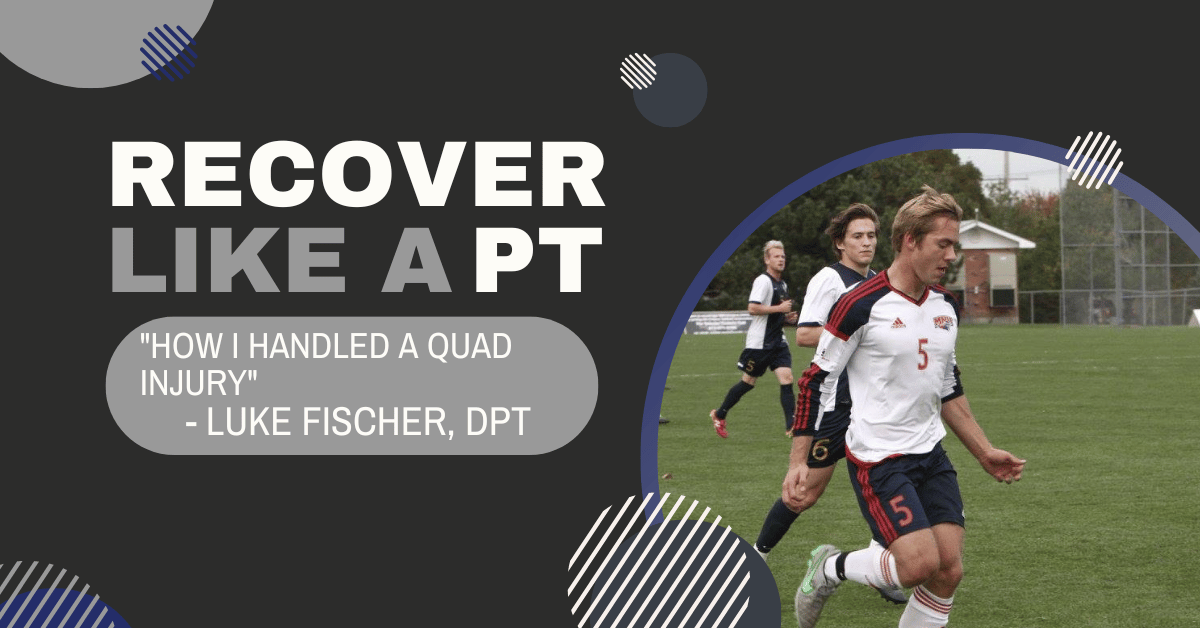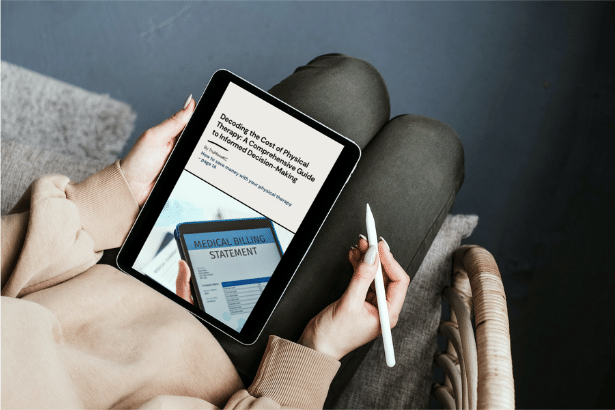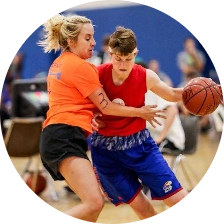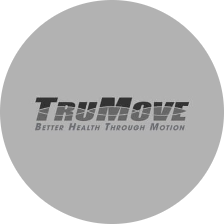Blog
Backpacks Can Backfire - Avoid Back Pain this School Year
September 5, 2023
With back-to-school season upon us, stuffed backpacks will once again be hoisted onto students' shoulders across Kansas City. While handy for transporting books, devices, and supplies, backpacks can strain developing muscles and spines when worn incorrectly. Follow these tips to ensure your child's backpack doesn't weigh them down this academic year:
Fast-Track Your Recovery from a Stubborn Quad Muscle Strain
August 25, 2023
Growing up, sports were very important to me. Soccer, in particular, became my passion. But it wasn't all smooth sailing. Injuries and strains became my constant companions. Traditional treatments often fell short, leaving me sidelined for longer than I'd like. Fast forward to today, and I'm now a physical therapist. I've harnessed that knowledge to conquer my quad strain and gained valuable insights into treating soft tissue injuries. Discover my rapid recovery journey and how the right approach can get you back in the game faster.
Understanding Physical Therapy Costs: A Simple Guide for Informed Healthcare Decisions
August 2, 2023
Physical therapy can provide immense benefits, but the costs often leave people confused. This post summarizes key insights from "Decoding the Cost of Physical Therapy" to help you make informed healthcare decisions. Learn how location, insurance, discounts, financial assistance programs, and being an advocate for your health impact costs.



 Overland Park
Overland Park












